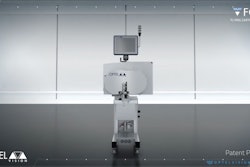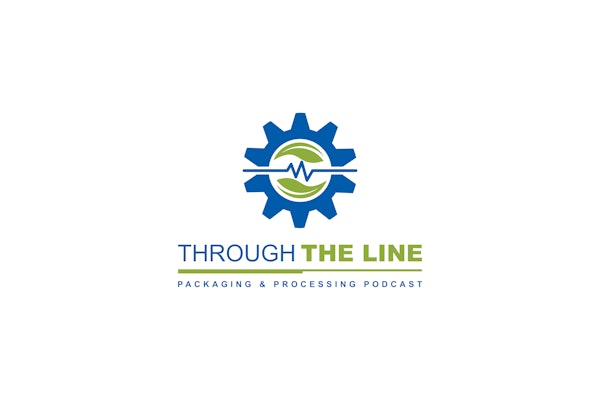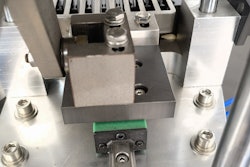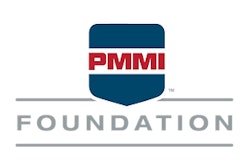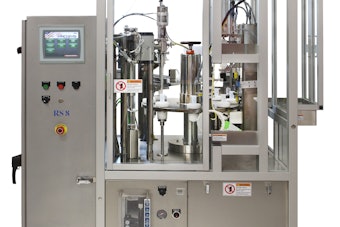Makers of sterile drugs, medical devices, and biological products have to establish the adequacy of their processes to establish sterility as part of their "stability protocol," which in turn is part of their quality assurance program. FDA explains in the document that under agency regulations, makers of sterile drugs and biologics "must test each batch or lot...to ensure that the product in question conforms to sterility requirements," and also must meet stability requirements. Medical device makers have to "validate processes, including sterilization for a device purporting to be sterile," and stability should be part of that.
What the Guidance Document does is recommend "an alternative to sterility testing for supporting the continued capability of containers to maintain sterility." Initial product sterility still needs to be separately established.
FDA points to several downsides to sterility testing, including that it only detects viable microorganisms at the time of the test.
These alternatives to sterility testing, says FDA, "might include any properly validated physical or chemical container and closure system integrity test (e.g., bubble tests, pressure/vacuum decay, trace gas permeation/leak tests, dye penetration tests, seal force or electrical conductivity and capacitance tests, etc.), or microbiological container and closure system integrity tests (e.g., microbial challenge or immersion tests). Such tests may be more useful than sterility testing in demonstrating the potential for product contamination over the product's shelf life or dating period."
FDA adds, "The advantages of using such container and closure system integrity tests in lieu of sterility tests in the stability protocol for sterile products include:
"1. Such alternate methods may detect a breach of the container and/or closure system prior to product contamination;
"2. Some of the alternate methods used to evaluate container and closure integrity can conserve samples that may be used for other stability tests;
"3. Alternative test methods may require less time than sterility test methods which require at least seven days incubation; and
"4. The potential for false positive results may be reduced with some alternative test methods when compared to sterility tests."
Like all FDA Guidance Documents, this one contains recommendations that are not binding on regulated industry and don't create legally enforceable responsibilities, unless specific regulatory or statutory requirements are cited." They're just trying to be helpful.
The Guidance Document is available, and it's called "Container and Closure System Integrity Testing in Lieu of Sterility Testing as a Component of the Stability Protocol for Sterile Products." [HCP]
--By Eric F. Greenberg, attorney-at-law, Eric F. Greenberg PC
What the Guidance Document does is recommend "an alternative to sterility testing for supporting the continued capability of containers to maintain sterility." Initial product sterility still needs to be separately established.
FDA points to several downsides to sterility testing, including that it only detects viable microorganisms at the time of the test.
These alternatives to sterility testing, says FDA, "might include any properly validated physical or chemical container and closure system integrity test (e.g., bubble tests, pressure/vacuum decay, trace gas permeation/leak tests, dye penetration tests, seal force or electrical conductivity and capacitance tests, etc.), or microbiological container and closure system integrity tests (e.g., microbial challenge or immersion tests). Such tests may be more useful than sterility testing in demonstrating the potential for product contamination over the product's shelf life or dating period."
FDA adds, "The advantages of using such container and closure system integrity tests in lieu of sterility tests in the stability protocol for sterile products include:
"1. Such alternate methods may detect a breach of the container and/or closure system prior to product contamination;
"2. Some of the alternate methods used to evaluate container and closure integrity can conserve samples that may be used for other stability tests;
"3. Alternative test methods may require less time than sterility test methods which require at least seven days incubation; and
"4. The potential for false positive results may be reduced with some alternative test methods when compared to sterility tests."
Like all FDA Guidance Documents, this one contains recommendations that are not binding on regulated industry and don't create legally enforceable responsibilities, unless specific regulatory or statutory requirements are cited." They're just trying to be helpful.
The Guidance Document is available, and it's called "Container and Closure System Integrity Testing in Lieu of Sterility Testing as a Component of the Stability Protocol for Sterile Products." [HCP]
--By Eric F. Greenberg, attorney-at-law, Eric F. Greenberg PC



